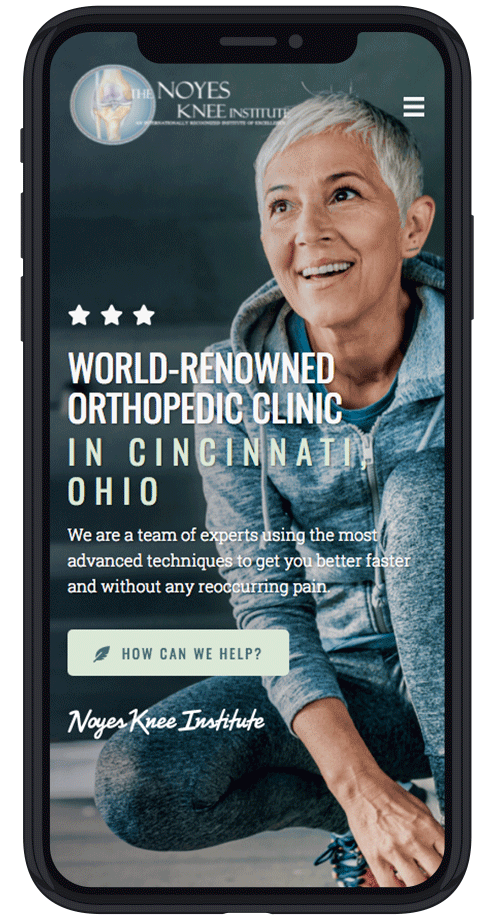Published On
Category
In children, knock knees (or genu valgum) is a common condition, and many kids grow out of the condition as they get older. When children are in the womb, the knees remain in a bent position. As a result, infants are often born with bowed legs until they reach 2 or 3 years old. As they age, their legs turn inward in the opposite direction, forming knock knees. In general, the legs straighten by the time the child reaches 7 or 8 years old.
But in adults, knock knees becomes much less common, as their legs have already fully developed. For many adults, only a few factors trigger late onset genu valgum.
1. Injury to the Shinbone
The lower half of the leg consists of two bones: the fibula and the tibia. The tibia, or shinbone, is the bigger of the two, and it is one of the most broken bones in the human body. In fact, over 492,000 tibia fractures occur in the US every year, often resulting from automobile collisions, sports-related trauma, and falls.
When treated early, tibia fractures do not result in complications. Depending on the extent of the damage, doctors may set the leg and immobilize the fracture with casts, braces, or splints. If necessary, the tibia fracture may require surgery to hold the pieces in place.
However, hairline fractures may go undetected, as symptoms only result in mild swelling and bruising near the affected site. Some individuals mistake minor fractures for bruising and wait before seeking medical help.
If the injury goes uncorrected, the bone may heal poorly, resulting in knock knee on just the injured leg.
Treatment
Misaligned and poorly set bones often require surgery to correct. The surgeon must re-break the bones to properly fit them together.
2. Osteoarthritis and Rheumatoid Arthritis
Both osteoarthritis and rheumatoid arthritis affect the joints. Osteoarthritis, or wear-and-tear arthritis, affects nearly 14% of adults older than 25 and almost 34% of those over 65. Rheumatoid arthritis, though less common, affects about 1.3 million American adults.
Both conditions result in consistent joint pain, stiffness, and tenderness. As the conditions progress, the knee joint suffers a great deal of pressure, and in an attempt to alleviate that pressure, the joint may twist or rotate, resulting in knock knees.
Treatment
Those who suffer from arthritis can manage the pain through multiple methods. Non-operative methods include anti-inflammatory medications, weight loss, and physical therapy. If the knee doesn’t respond to nonoperative methods, osteotomy may realign the knees and allow the joints to heal.
3. Genetic Conditions
Although rare, certain genetic conditions may result in knock knees for both children and adults.
Ehlers danlos syndrome, for example, is a collection of inheritable connective disuse disorders that cause joint hypermobility. Loose or unstable joints then contribute to the development of knock knees.
Marfan syndrome also affects the connective tissue, and those with the condition tend to grow disproportionately long, slender limbs and abnormal joint flexibility. Individuals with Marfan syndrome may have a limited range of motion in the hips, and the knee joints may rotate to compensate, resulting in knock knees.
Treatment
While doctors are still looking for a cure for these genetic conditions, some symptoms may be manageable through medication and physical therapy. Treatment varies depending on the condition as well as the individual’s health history.
Talk to Your Doctor About Your Knock Knees
If you have knock knees, talk to your doctor about possible ways to correct the problem. Depending on the underlying cause for your knock knees, you may benefit from specialized leg braces, custom insoles, or corrective surgery. Additional exercise and physical therapy may also realign knees and strengthen the surrounding muscles to hold the joints in place.

